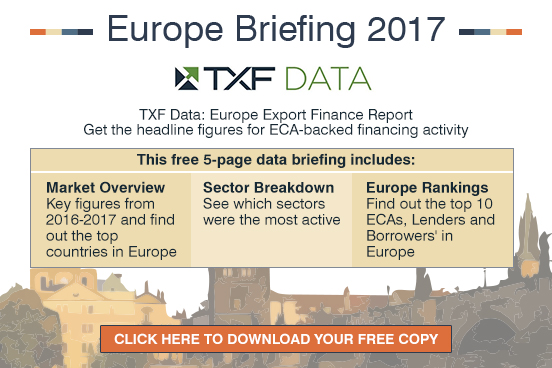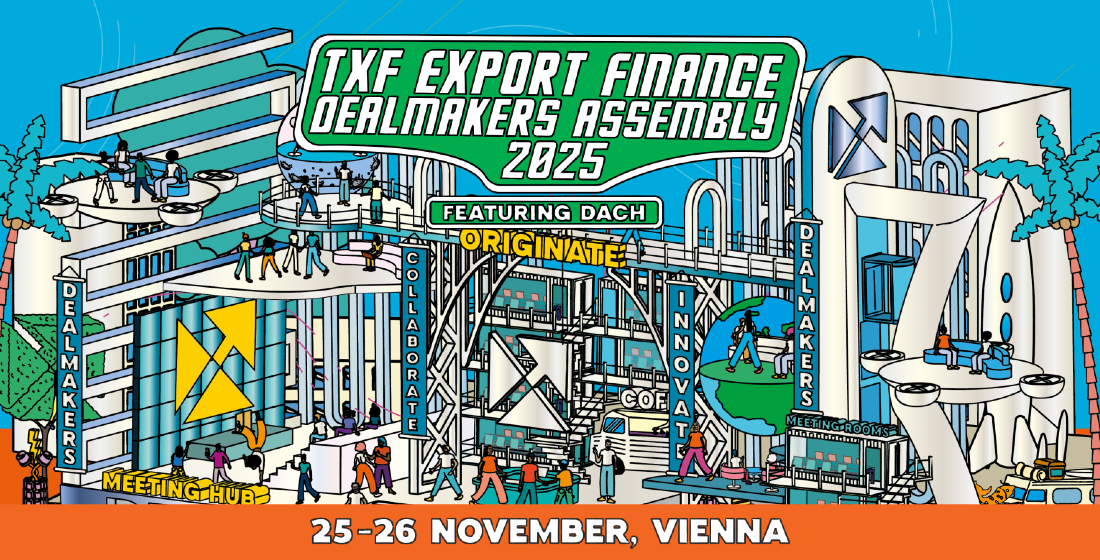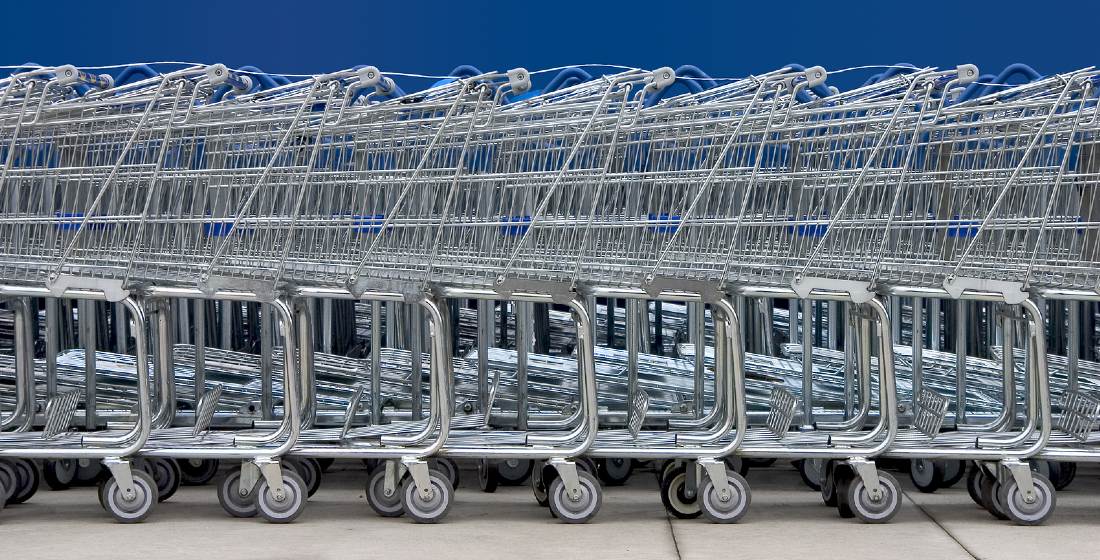European export finance 2017: Get the facts – not the fiction
TXF has released its European export finance results for 2017 – and the figures throw up some surprises. Average deal volume size was double that of 2016, and despite international commercial bank angst following the Turkish coup attempt in 2016, Turkey has been the busiest jurisdiction in Europe for ECA-supported borrowing over the last two years.

European export finance borrowings suffered from a poor start to 2017, and only improved a little after that. The Q1 total – 10 deals for $870 million – was the lowest recorded for any quarter in the last three years. Subsequent quarters generally exceeded their equivalents in 2016, but fell far short of the same periods in 2015.
However, what is notable about 2017 was the sheer number of countries that attracted export finance, and the pronounced emphasis on Eastern Europe. The largest financing in the lacklustre first quarter of 2017 was a $323 million deal for EXIM Hungary. Bosnia, Romania, Cyprus, Greece and in particular Turkey also all hosted financings in 2017.
Casting a wider net
Turkey is notable for the spread of financings it has closed, including in the manufacturing and power sectors. It was the busiest jurisdiction in Europe over the last two years, only failing to take the top spot for the last three years because of a subdued 2015.
 Turkey's proximity to the Syrian conflict and the willingness of its president to face down local businesses that he does not think are supporting his agenda promise a challenging several months in export finance. Still, the country's relatively robust growth and the challenges that domestic banks face in funding at long tenors will continue to make it a top-tier destination – particularly given major projects like Canakkale Bridge which is expected to garner Kexim support.
Turkey's proximity to the Syrian conflict and the willingness of its president to face down local businesses that he does not think are supporting his agenda promise a challenging several months in export finance. Still, the country's relatively robust growth and the challenges that domestic banks face in funding at long tenors will continue to make it a top-tier destination – particularly given major projects like Canakkale Bridge which is expected to garner Kexim support.
The UK was the busiest jurisdiction over the last three years, in large part thanks to a steady stream of business from UK listed or headquartered oil and gas contractors. Shipping, power and renewables also accounted for the UK's strong volumes, but the largest single contributor – equivalent to over a quarter of its 2015-17 volumes – was the $3.7 billion JBIC- and Nexi-supported Agility Trains public-private partnership in 2015.
These big-ticket deals are becoming more common in Europe again. While average deal size in 2016 barely nudged $150 million, in two quarters in 2017 it was more than double that figure, and only in the poor first quarter was it far below that. Turkey, the UK, the Netherlands, Denmark and Germany hosted the six largest deals to close in the last three years, the Netherlands two of them. Spain is notable for the large number of small deals it attracted.
Power back on top
An otherwise subdued 2016 allowed power to emerge from a low base as the most active sector in European export finance. Behind power's dominance lies one subsector: offshore wind. All but one of the seven largest deals to close in the power sector in the last three years was in offshore. While ECAs have supported the exports of movable assets like ships and planes to developed markets for several decades, their role in developed market project finance is more recent, and essentially dates back to the period after the 2008 crisis.
After the crisis governments resorted to a number of expedients, including allowing some ECAs to do domestic business. ECAs are now less active in more conventional project finance sectors, but offshore wind, which promises to support a high-value manufacturing sector and contribute to decarbonisation, remains in favour with ECAs. Only in Turkey, and in a few instances in Spain and Italy at the corporate level, do ECAs devote any resources to conventional power in Europe.
Only two solar transactions appear during the entire period 2015-17, reflecting the fact that solar does not usually benefit from ECA support. The tariff disputes between the US and China might lead to higher panel prices, and increasing pressure on manufacturers to decrease financing costs, so solar may account for a greater share of ECA financing volumes in the future.
In transport – the second most important sector – one subsector again accounts for a dominant share of volumes: cruise ships. The six largest financings to close in transport were for cruise ships, and shipping in general far outstripped aircraft and bus volumes. A standard caveat applies with the financing of movable assets: that they might not strictly count as financings in Europe. Given the importance of both cruise ships and oil & gas contracting to Europe however, counting these transactions as European is sound.
Rail and healthcare PPPs contributed to infrastructure's third-place showing. Infrastructure was the busiest sector in Europe in 2015, thanks to the Agility Rail deal and the $1.5 billion Istanbul and $1 billion Etlik hospital PPPs. A pronounced slowdown in 2016 and 2017 left infrastructure's volumes for the whole period lower than what transport rang up in 2015 and 2016 alone.
Telecoms and oil & gas exhibited similar behaviour to infrastructure – strong activity in 2015 followed by a slowdown in the subsequent two years. Telecoms was also, like infrastructure, very dependent on Turkey to post strong transaction numbers, though satellite operators – chief among them O3B – and mobile operators also contributed.
In oil & gas, operators of offshore infrastructure – drill-ships, FPSOs and LNG facilities – dominated. Rather like in transport and satellites, these assets are moveable, though usually managed from Europe. In mining one transaction – for Turkey's Tosyali Toyo – accounted for half of the entire period's volumes. At $297 million, it is less than a tenth of the size of Agility.
This is only an extract from the 2017 Export Finance Europe Briefing – to download a full copy click here.





